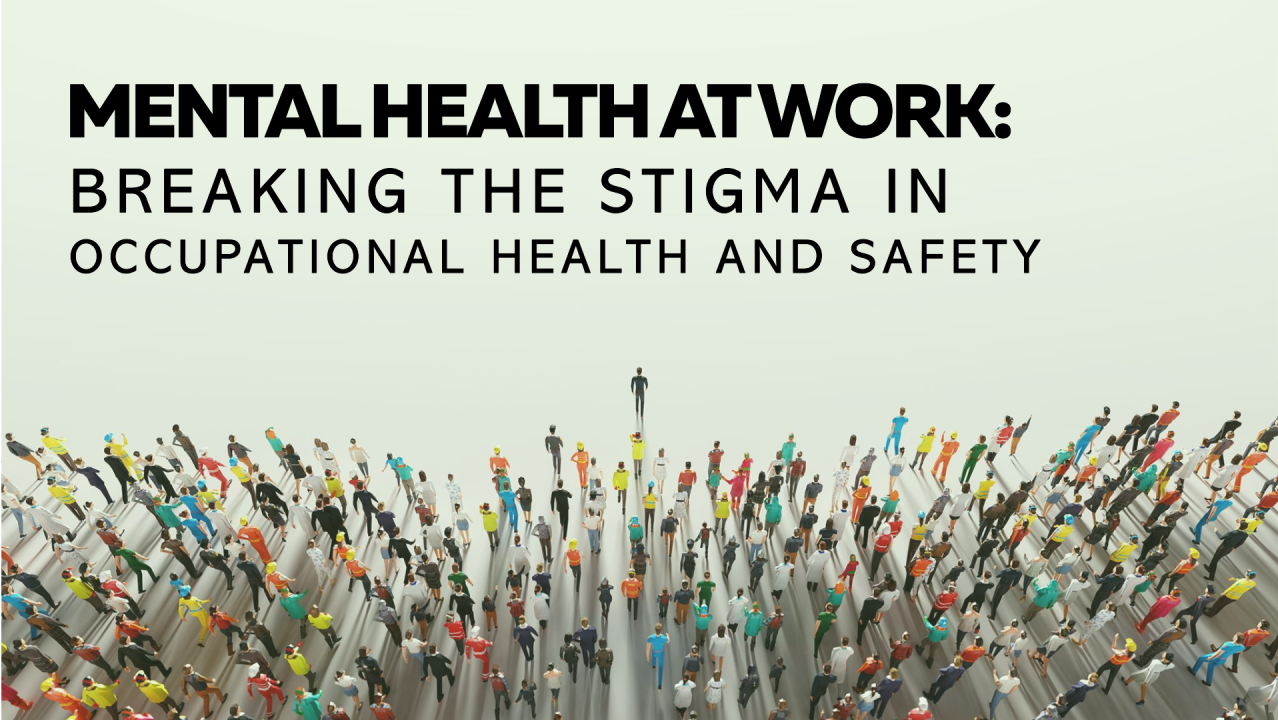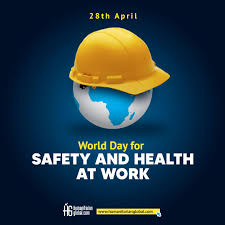Breaking the Silence: Mental Health as a Core Component of Occupational Safety. In today’s fast-paced and high-pressure work environments, physical safety protocols—hard hats, ergonomic chairs, fire drills—are well established. But there’s a less visible, often overlooked threat to employee well-being: mental health. Stress, burnout, anxiety, and depression are silently shaping the modern workplace, impacting not only individual health but also overall organizational productivity and safety. It’s time to break the silence and recognize mental health as a fundamental pillar of occupational safety.
The Hidden Hazards: Stress, Burnout, and Anxiety
Stress: The Silent Strain
Workplace stress, while not new, has reached alarming levels. Deadlines, unrealistic performance expectations, job insecurity, and lack of autonomy can all contribute to chronic stress. According to the World Health Organization (WHO), work-related stress can lead to physical and psychological health problems, from cardiovascular disease to depression.
Stress not only impairs judgment and decision-making but also reduces attention spans and reaction times—key factors in workplace accidents and errors. It erodes resilience and can create a toxic culture of overwork and presenteeism, where employees show up physically but are mentally checked out.
Burnout: The Occupational Epidemic
Burnout is more than just fatigue. It’s a state of emotional, physical, and mental exhaustion caused by prolonged and excessive stress. Characterized by cynicism, reduced professional efficacy, and emotional depletion, burnout has been officially recognized by the WHO as an occupational phenomenon.
Burnout doesn’t just affect individual performance; it can ripple across teams, leading to increased turnover, absenteeism, and a breakdown in workplace morale. It also poses serious safety risks in fields where precision and alertness are non-negotiable—healthcare, transportation, construction, and emergency services, to name a few.
Anxiety and Depression: The Quiet Crises
Anxiety and depression are among the leading causes of disability worldwide, and they don’t pause at the office door. In the workplace, these conditions can manifest as difficulty concentrating, low motivation, irritability, and absenteeism. Employees may fear stigma or retaliation, choosing to suffer in silence rather than seek help.
A mentally unhealthy work environment not only damages individuals but undermines the entire organization’s safety culture.
Mental Safety: The New Frontier in Occupational Health
Occupational safety has traditionally focused on preventing physical injuries, but a truly safe workplace must be both physically and psychologically secure. Mental safety means creating an environment where employees feel safe to express concerns, admit mistakes, and ask for help—without fear of judgment or punishment.
Organizations that prioritize mental health as a core aspect of safety recognize that well-being is holistic. Just as we wouldn’t allow workers to operate machinery without training or protective gear, we shouldn’t expect them to cope with stressors without support.
Building Mentally Safe Workplaces: What Organizations Can Do
1. Normalize the Conversation
Breaking the stigma starts with leadership. When managers openly discuss mental health and share their own experiences, it sets a tone of acceptance. Training leaders to recognize signs of distress and respond with empathy is crucial.
2. Design Work with Well-being in Mind
Job design plays a significant role in mental health. Reasonable workloads, clear expectations, flexibility, and opportunities for growth all help reduce stress. Remote and hybrid models should also be designed with structure and connection to prevent isolation and burnout.
3. Invest in Mental Health Resources
Employee Assistance Programs (EAPs), access to counseling, mental health days, and wellness apps are more than perks—they’re preventative tools. Providing resources is not enough; organizations must also promote them and make their use culturally acceptable.
4. Foster Psychological Safety
Teams with high psychological safety—where members feel respected, included, and free to speak up—perform better and innovate more. This requires cultivating trust, encouraging vulnerability, and eliminating fear of repercussions for honest communication.
5. Measure and Adapt
Just as safety audits assess physical risks, organizations should assess psychological risks. Regular employee surveys, feedback loops, and mental health metrics can help identify issues early and guide policy changes.
The ROI of Mental Well-being
Companies that invest in mental health reap significant returns. Studies show that every $1 invested in mental health returns $4 in improved health and productivity. Beyond the numbers, a mentally healthy workplace drives engagement, loyalty, innovation, and resilience.
When mental health is treated as essential to occupational safety, everyone benefits. Employees thrive. Teams collaborate. Companies succeed.






